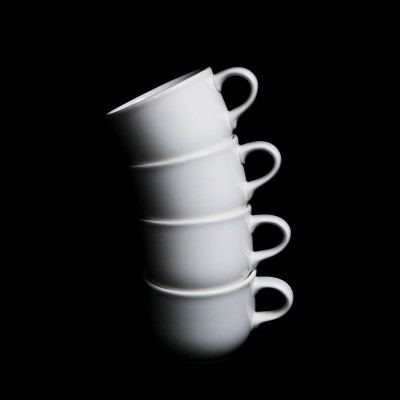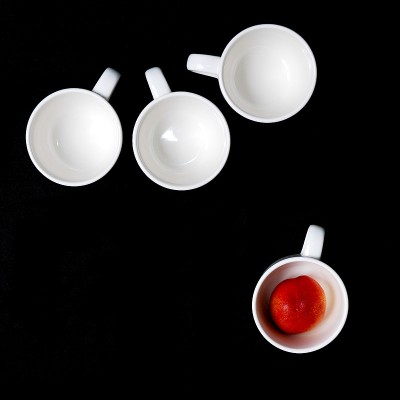Still life photography is the photography of inanimate objects purposefully arranged and lit. There’s something very satisfying about capturing something exactly as you pictured it in your mind. The items themselves, their arrangement, lighting, and camera settings are all meticulously controlled to produce the desired result. Still life photography is arguably the most technical of the photographic disciplines. Because the scene, the lighting, and the camera are all under your control, it is good training for becoming proficient both technically (camera control) and artistically (composition and lighting).
I’ve been dabbling in still life photography for a few months now. It took me a while to wrap my head around it. I’m used to candid photography where everything depends on anticipating (or getting lucky!) and capturing an instant, a spontaneous moment, in a continuous flow of events. With candid photography, you show up with your camera and things happen. Scenes arrange themselves. Even when shooting landscapes, where technique is more important, I depend on scenes I find in nature. A hill. A sunset. The way the sunlight touches the grass.
But with still lifes, you start with nothing. Or rather, you’re forced to start with an idea. A concept. And this, I think, is what caused my early failures. Your still lifes will succeed or fail based on two factors: concept and execution. Both are nearly equally important although I’ll give a very slight edge to execution since I’ve seen wonderful, brilliantly executed still lifes of mundane concepts but never the other way around.

Tea Rex. 1/60s @ f/5.6, single off-camera flash.
I thought these tea cups looked like dinosaur fossils when stacked.
Part of the fun of still life photography is finding the elements that will become your scene. Maybe you’ve got a solid concept in your mind. Or maybe you’re out looking for objects that you hope will inspire you. Either way, eventually you have to buy/find/scrape together the items you need. I tend towards the belief that having a strong concept before you begin will usually result in a better photograph. But often a found item can spark the imagination.
Still lifes can be very complex or they can be very simple. Objects can include the everyday or the exotic. And your still life can have a deeper meaning or exist only for its beauty.

Excluded. 1/500s @ f/5.6, single off-camera flash
Artistically, composition, lighting, and the arrangement of your scene are critical to a still lifes success. Technically, focus, sharpness, and depth of field control are essential. Setting up a still life is can be a time consuming, but ultimately rewarding, task. It’s definitely a different kind of photography.
Click the following link for tips for black and white still life photography.









great pictures
arite, man, these photos have inspired me thanks, sik wrk, wicked , bless x
manipulating the lighting is the hardest part of still life photography…youve done a phenomenal job though!!
I love your work, its made me see alot in art and diffrent ways of thinking. xxxxxThankyouxxxxx.
Very inspirational, I’m starting an assistant photographers job in a couple of weeks and was thinking of gaining some experience photographing still life, thank you.